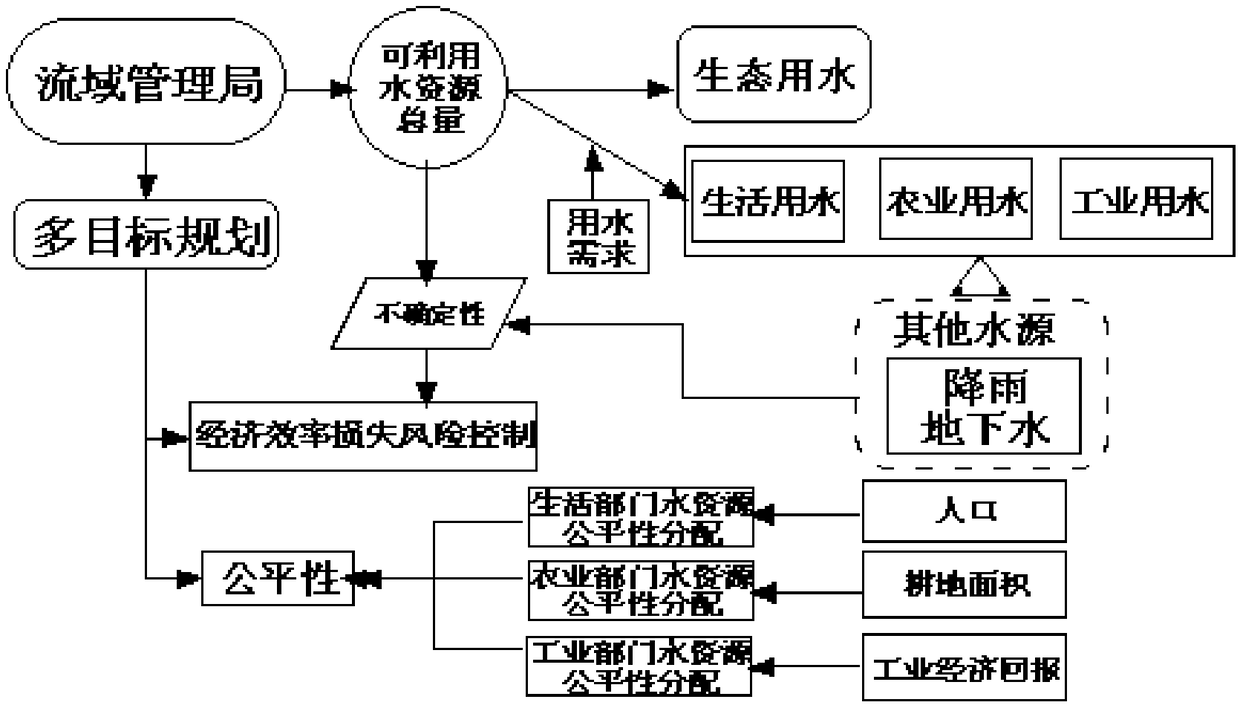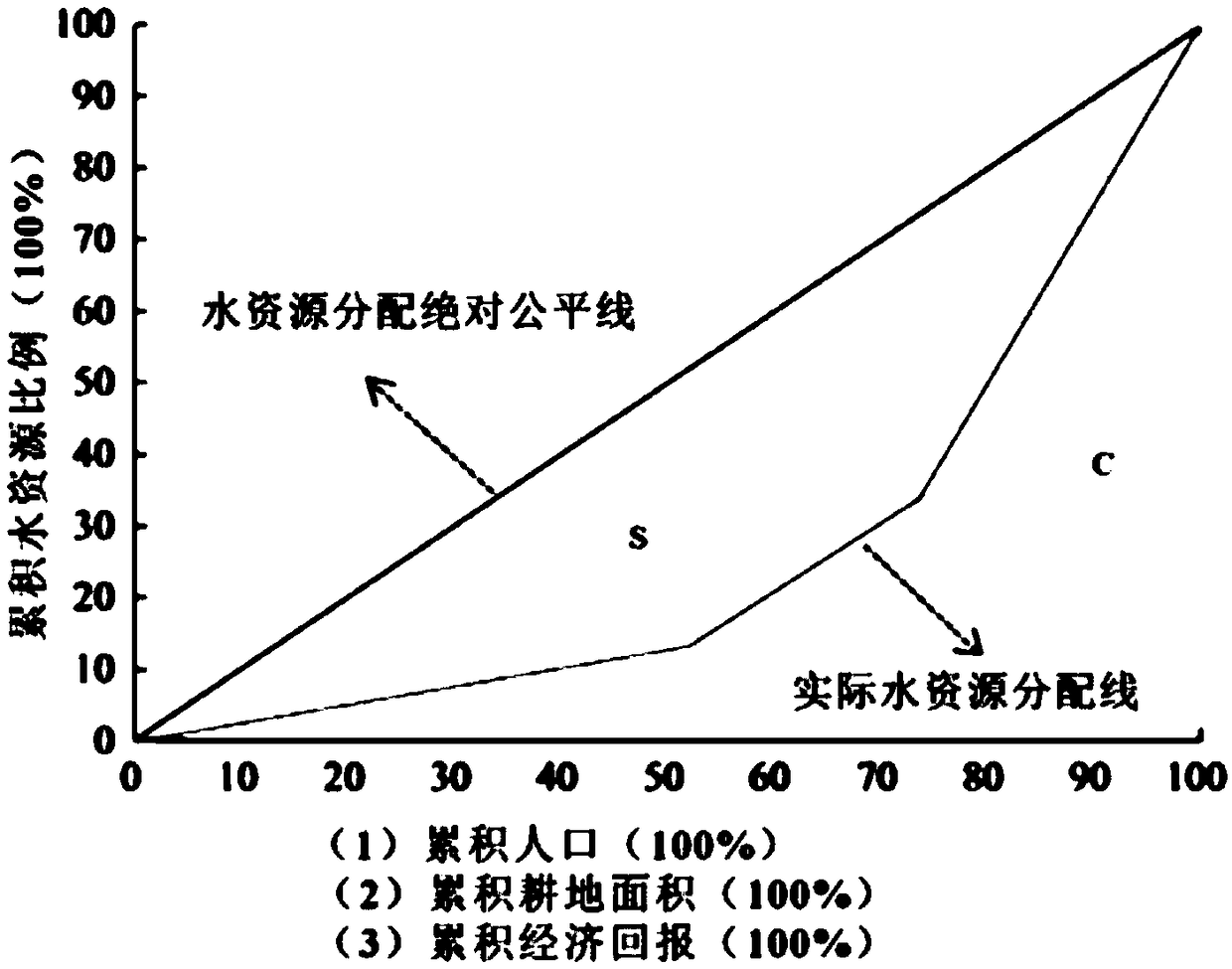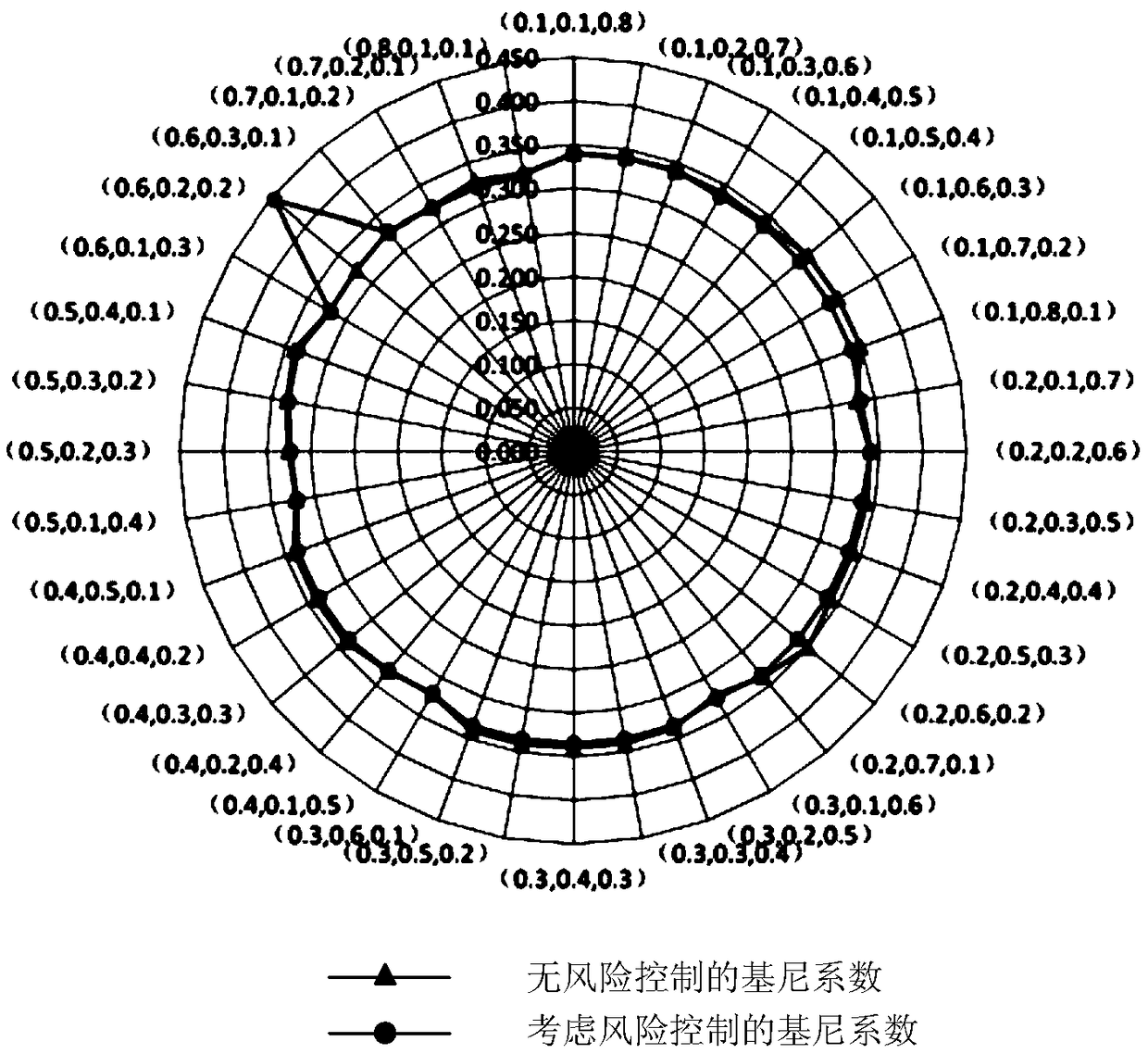Multi-objective water resources equilibrium allocation method based on conditional value-at-risk constraint
A technology of conditional value-at-risk and allocation method, applied in the direction of resources, instruments, data processing applications, etc., can solve problems such as changes in the amount of available water resources, shortage of water resources and fluctuating water demand, increasing and intensifying competition and conflicts among water users
- Summary
- Abstract
- Description
- Claims
- Application Information
AI Technical Summary
Problems solved by technology
Method used
Image
Examples
Embodiment
[0123] This example uses the proposed model in the Qujiang River Basin to conduct a case study to verify the practicability and rationality of the proposed multi-objective water resource allocation model, and to determine the water resource allocation strategy for the Basin Administration.
[0124] (1) Case background
[0125] The Qu River Basin is the largest tributary of the Jialing River. It passes through five municipalities directly under the central government in Sichuan Province - Bazhong, Dazhou, Nanchong, Guang'an and Guangyuan. In 2013, it covered a watershed area of 34,151 km2 and had 1,103,060 hectares of farmland and a population of 20,916,300. The Qujiang watershed provides water for domestic, agricultural, industrial and ecological sectors. Satisfying ecological water first, ensuring environmental sustainability, and then allocating water to the other three sectors.
[0126] (2) Analysis of results
[0127] Thirty-six possible sets of weights are considere...
PUM
 Login to View More
Login to View More Abstract
Description
Claims
Application Information
 Login to View More
Login to View More - R&D
- Intellectual Property
- Life Sciences
- Materials
- Tech Scout
- Unparalleled Data Quality
- Higher Quality Content
- 60% Fewer Hallucinations
Browse by: Latest US Patents, China's latest patents, Technical Efficacy Thesaurus, Application Domain, Technology Topic, Popular Technical Reports.
© 2025 PatSnap. All rights reserved.Legal|Privacy policy|Modern Slavery Act Transparency Statement|Sitemap|About US| Contact US: help@patsnap.com



